In his introductory remarks to the Afro–Eurasian Eclipse, one of his later suites for jazz orchestra, Duke Ellington remarked — this was in 1971 — that east and west were blending into one another, and everyone was in danger of losing his or her identity. Nowhere is it easier to observe that phenomenon than on the little island of Naoshima, in the Seto Inland Sea of Japan, which I visited last month.
Naoshima possesses sandy beaches and tranquil blue waters dotted with further islets stretching towards the horizon. But this is an especially heavenly spot for a relatively small and specialised, even eccentric, group of travellers. For more than two decades, Soichiro Fukutake, a billionaire businessman, has been transforming this tiny island — Naoshima is less than six square miles in area and has a population of around three and a half thousand — into a paradise for lovers of modern and contemporary art.
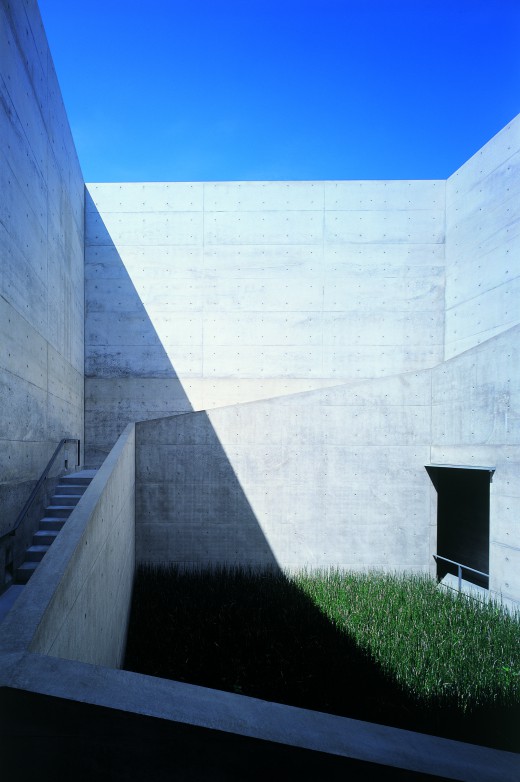
His collaborator in this has been Tadao Ando, an architect from Osaka, which is not so far away (at least on the bullet train). On Naoshima, to date, Ando has designed three separate museums, a hotel, and various other structures and projects all of which are linked by a system of shuttle buses — although there is much to be said for strolling from one to another. There are some marvellous things to be seen inside these buildings, but plenty more spread around the landscape outside.
It is hard to say. ‘Pumpkin’, an enlarged sculptural version of an everyday object, has a good deal in common with Oldenburg’s giant hamburgers and apple cores. On the other hand, it is deeply Japanese. A few days before, in an exhibition at the Suntory Museum in Tokyo, we had seen paintings by the 18th-century master Ito Jakuchu, including one scroll entitled ‘Vegetable Nirvana’ depicting onions, carrots, radishes plus a pumpkin on a heroic scale drawn in brilliantly loose and free ink brush strokes.The first object my wife and I encountered on stepping off the bus was ‘Pumpkin’ by Yayoi Kusama, a sculpture of a vegetable, covered with her trademark spots, placed on a jetty that juts into the Inland Sea. To an eye familiar with western art, this looks very much like a piece of Pop art, which perhaps it is. In the 1960s, Kusama lived in New York and exhibited with Andy Warhol and Claes Oldenburg. But was she influenced by them or were they influenced by her?
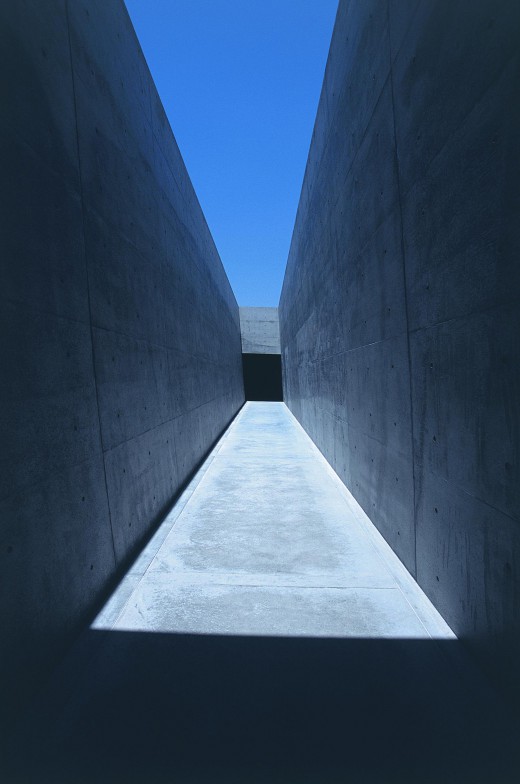
So is western modernism a bit Japanese, or is Japanese modernism affected by the west? That is the question Naoshima poses, and the answer is: both. A few hundred yards along the beach we came across a work by the American land artist Walter De Maria. It consists of two large granite spheres set in a cavity in a small cliff. These are so highly polished, and reflect the opening of this cave — including the viewer — so sharply, that there seems to be a video screen set into the stone.
High-tech/low-tech, with echoes of Plato and Euclid, this is a clear case of saying a lot with a little. That principle — carried to a logical extreme by the minimalists of De Maria’s generation — was at the heart of much 20th-century modernism. But it’s also very Japanese. There is no greater work of minimalist art than the dry garden in the Zen Buddhist temple of Ryoan-ji, Kyoto. This comprises 15 rocks of various sizes set in a sea of white raked gravel: almost nothing, but you could look at it for hours. It was made about 500 years before Mies van der Rohe remarked that less is more.
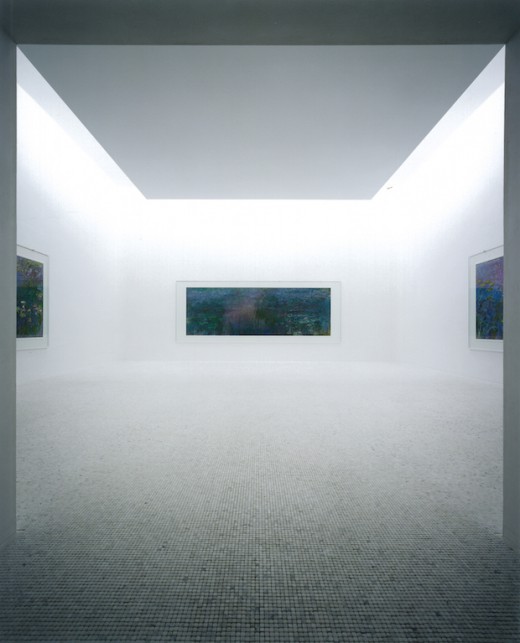
At its centre is a room containing five superb late Monet ‘Water-Lily’ paintings (see p33). Before entering, you take off your shoes as you would when entering a temple or a Japanese house. This does not seem precious, because it helps bring out how eastern Monet’s pictures really are. For a start, he was painting an imitation Japanese garden at Giverny. But at a deeper level, what he was doing chimed with the arts of the east. The freedom of his paint strokes might seem just a flourish of the brush, but when you step back they become plant, water or reflected sky — very much as you find in an oriental artist such as Jakuchu. Monet’s subject is everything — growth, change, light, dark, heavens, earth — and nothing (just passing shadows on a few feet of pond), which is very Zen too. All of which brings us back to Duke Ellington’s point.Ando’s Chichu Art Museum is burrowed into a hill at the peak of the island (Chichu means ‘underground’). In a way, it’s not so minimal: a warren of polished concrete courtyards, corridors and galleries. In another it is, since it contains just a few works by just three artists: De Maria, James Turrell and Claude Monet
.
Got something to add? Join the discussion and comment below.
Get 10 issues for just $10
Subscribe to The Spectator Australia today for the next 10 magazine issues, plus full online access, for just $10.
You might disagree with half of it, but you’ll enjoy reading all of it. Try your first month for free, then just $2 a week for the remainder of your first year.

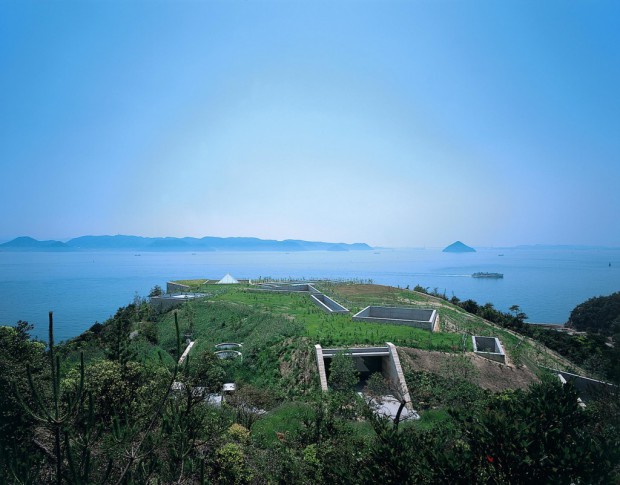

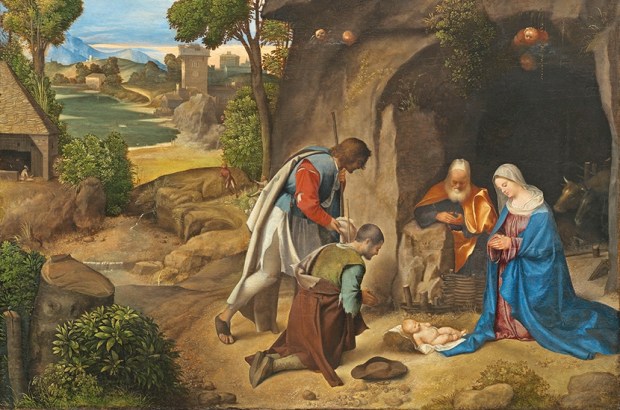
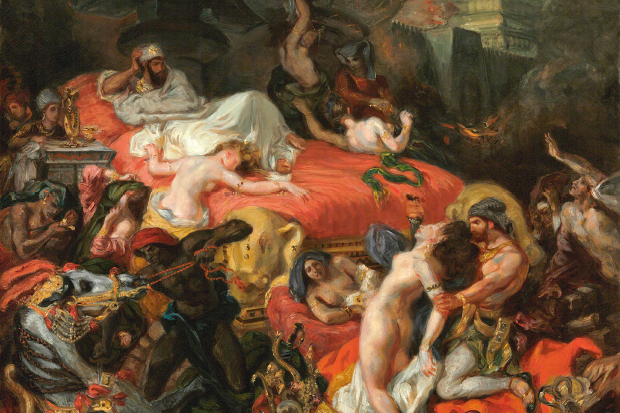
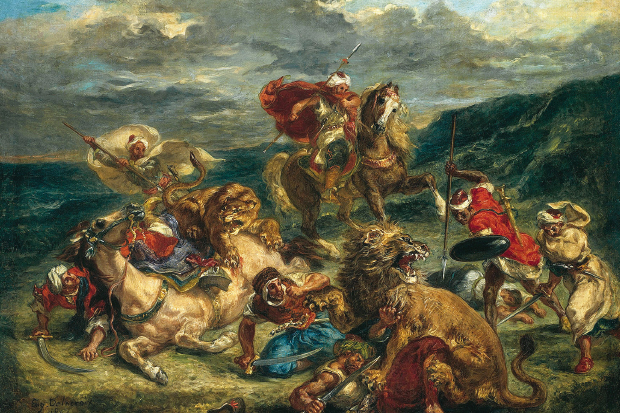








Comments
Don't miss out
Join the conversation with other Spectator Australia readers. Subscribe to leave a comment.
SUBSCRIBEAlready a subscriber? Log in